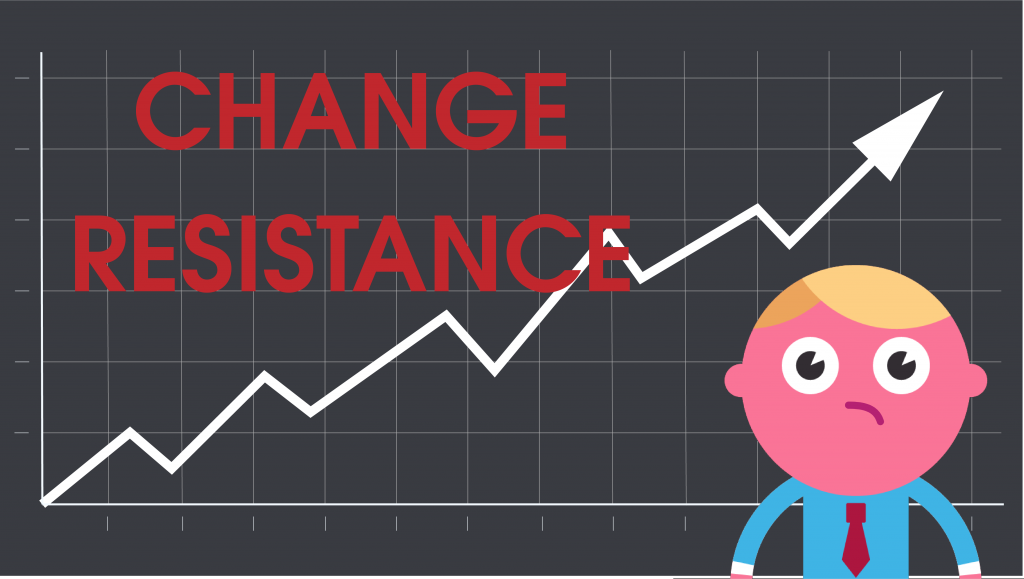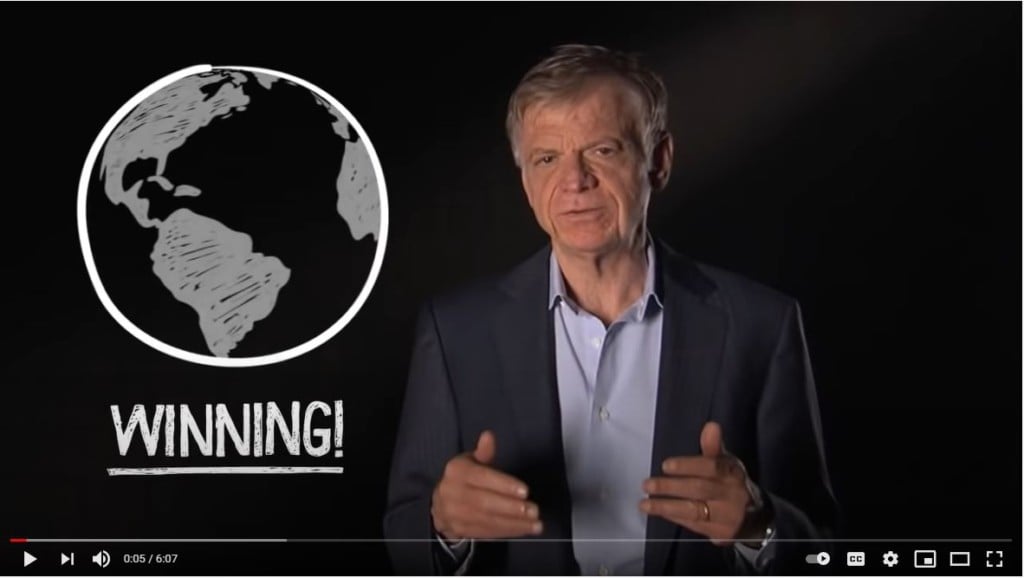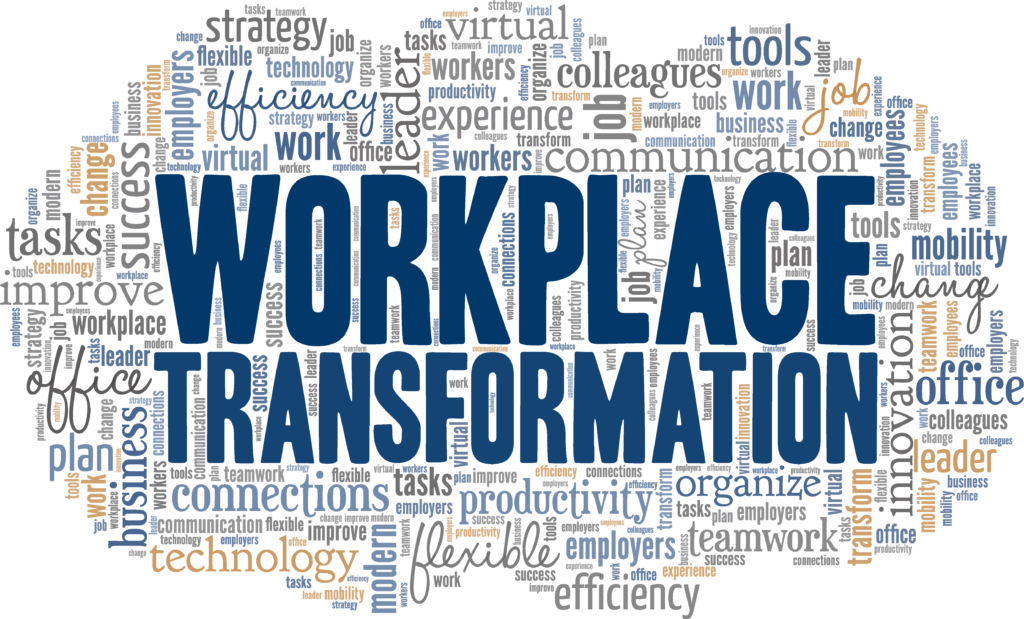Want to reduce Change Resistance? Start by measuring it
By Mark Vincent
Share

If you’ve ever tried making big changes in a large or even medium sized organisation, the chances are you may have experienced some resistance. The trouble is that it’s often invisible. We know it’s there and can feel the effects but it’s hard to pin down or understand specifically where it’s coming from.
So what if you could measure change resistance, understand where it’s coming from and how to mitigate its effects?
Well you can. Ok, apologies for the shameless plug, but this is exactly what we’ve been working on – see our model for change.
And the reason we’ve done that? We’ve realised (from our own experience and the huge body of research on change and leadership) that understanding and harnessing these invisible positive (driving) and negative (resistance) forces has a bigger impact on change initiatives than anything else. And yet it’s rarely, if ever, measured. Most people focus attention on schedule and expenditure because they are relatively easy to quantify and measure. All very interesting but pretty much useless in driving real transformation.
There are plenty of change initiatives we’d all like to see moving more quickly, both within and outside the workplace, so this is something I firmly believe is worth the effort. There is also a health and wellbeing aspect, especially at work. Workplace stress, anxiety and depression is on the increase. According to a recent HSE report it accounted for 44% of work-related ill health and 57% of working days lost, in 2017/18. Changes at work are a significant contributor, whether directly or indirectly.
So what are these forces? They are essentially how we feel emotionally about any change and they fall into two groups:
1. The desire to move forward and make things happen (driving forces)
If you’ve ever felt motivated to make big changes in your life (moving house, having kids, changing jobs, doing some long term travelling), you’ll know what this feels like. It’s the emotional drive that starts with a recognition that you really want something different and you want it enough to go through the uncertainty and risk that goes with it. It’s that emotional drive that gets us out of the chair and taking some action, rather than just talking about it.
2. Concerns or fears that cause us to slow down or dig our heels in (resistance)
With any big changes there may be downsides or concerns that may make you pause or question what you are doing. Fear and self preservation is often at the route of resistance as we tend to protect ourselves and those we care about above all else. Inertia is a big one because doing nothing is often perceived as the safest option…better the devil you know.
In every successful change or transformation the driving forces have been greater than the resistance and inertia forces, sometimes by design and sometimes by accident, but it’s always true. Sounds almost too simple doesn’t it and yet it’s all too often missed in the moment.
There are plenty of books and research papers on Change and Change Management (over 80,000 results on Amazon alone) and lots of very useful guiding principles showing how to go about delivering change (Kotter’s 8 Steps, Lewin’s Unfreeze, Change, Refreeze etc). All of them point in a very similar direction and look to address a basic principle: ensuring that the forward drive for change is greater than the inertia or slowing forces. Lewin calls this Force Field Analysis and I think that’s a useful analogy because it focuses us on the only things that really matter. All the different models for change, our own 5E model included, are pointing at ways to increase the forward forces while also reducing the inertia and resistance.
Whatever your chosen methodology, it’s well worth reflecting on how well you are understanding and working with these fundamental forces. In the end that’s what will get you the outcomes you need and in a way that is natural and sustainable.
At Applied Change, we’re continually striving to build on the body of knowledge in dealing with change, especially change resistance. That way, we can help more people and more worthy change causes to achieve their goals more quickly and with greater ease. We can’t stop change happening around us but how we respond is our choice.
Try our free change readiness assessment by clicking above. Alternatively, join our growing community by entering your details below.
Get in touch
If you’re starting a change, or already on the journey and need some support, we can help.
Whether it’s coaching or mentoring your leadership team, diagnosing low engagement or leading a change on your behalf, we have a range of options to suit different situations and budgets. Contact us by clicking the button to find out more.
Related content
John Kotter – The Evolution of the 21st Century Organisation
John Kotter discusses why the organisational structures designed in the late 19th century are slowing businesses down in an era of rapid change. And what can be done to increase the pace. Whilst this was recorded in 2013, the lessons are, if anything, becoming more true by the day.
Lessons in Change #4 – The importance of clear instruction
Human behaviour is complex, and most of us exhibit some signs of change resistance even when pushed to make big changes in our lives. So how did the UK government successfully convince 60 million of us to turn our daily lives upside down overnight?
Collaboration with the University of Gloucestershire
New talent is the lifeblood that drives innovation and fresh thinking, so we need to carefully consider our role in their learning and growth as people, while they are still studying. They are the future.
Managing Change in the Workplace
With change an essential part of every business, it’s ever more critical that we focus on managing change successfully. A startlingly high number of change initiatives are unsuccessful, with the odds firmly in favour of failure. We take a look behind those numbers to see what’s happening and how we can stack the odds in our favour.
Robin Sharma – The Monk who Sold his Ferrari
An inspirational fable, full of powerful insights and inspiration for living a life of meaning and abundance.






